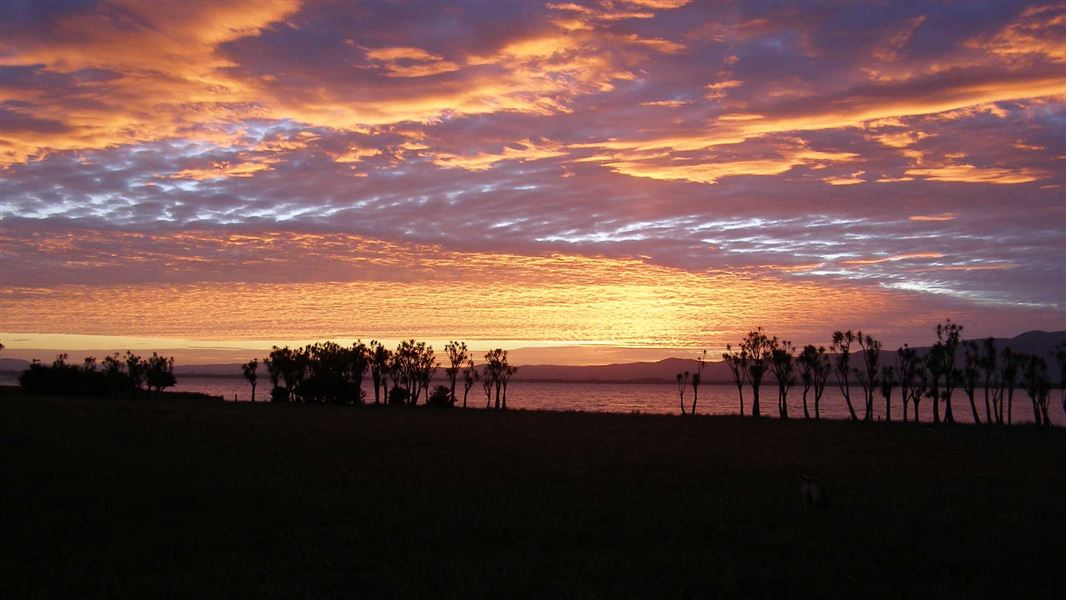
Located in the Wairarapa region
Introduction
Wairarapa Moana Wetlands has extensive wetlands where fishing and birdwatching are popular activities.This is the largest wetland complex in the southern North Island, supporting native plants and animals of national and international importance. Wairarapa Moana is made up of the beds of Lake Wairarapa and Lake Onoke and the publicly owned reserves around them. This covers over 9,000 hectares, from Lake Domain in the north to Onoke Spit, 30km away, at Palliser Bay.
More information: Wairarapa Moana Wetlands Project
Brochures
Check, Clean, Dry
Clean all gear when moving between waterways to prevent the spread of didymo and other freshwater pests.